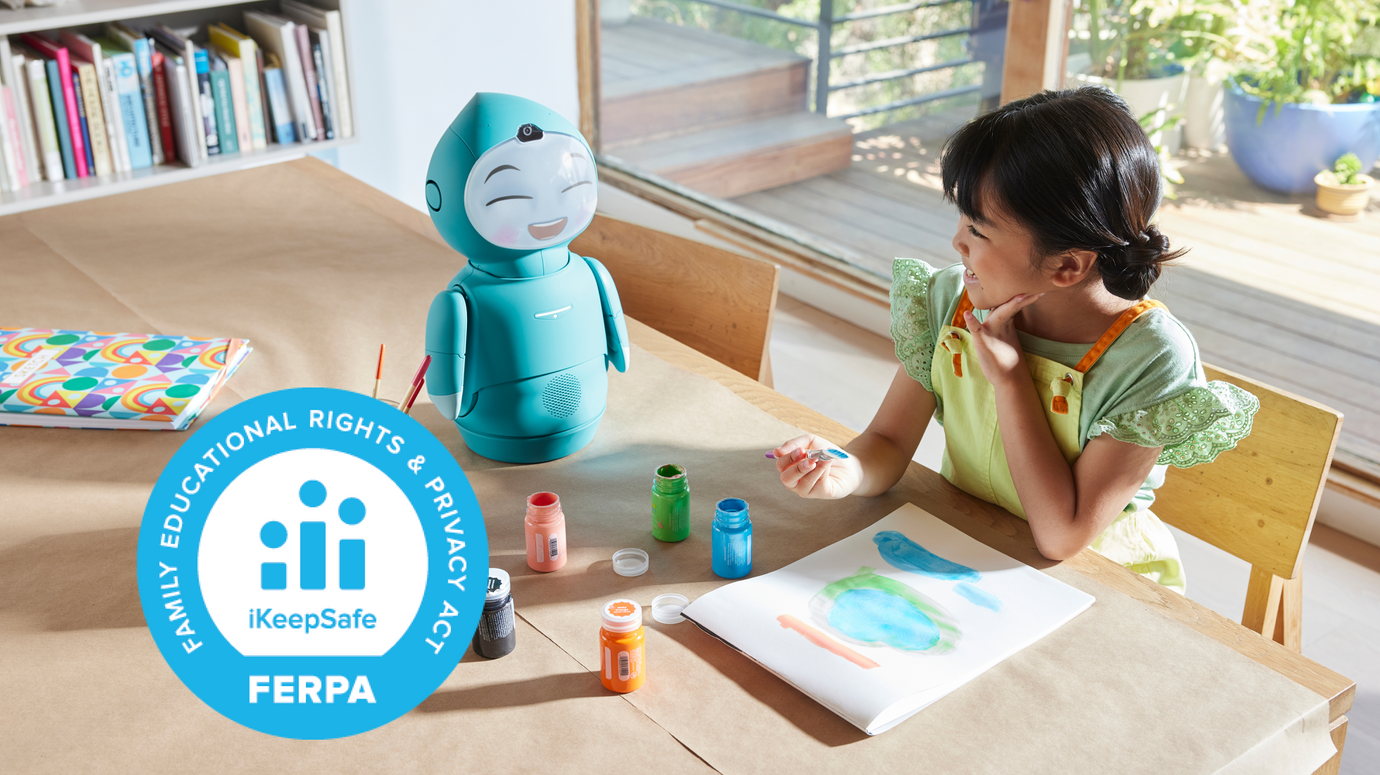Reducing Screen Time: Getting Back on Track for Back to School

It happens to the best of us. Despite lofty ideas and best intentions, it's so easy to let family tech rules slide when there's so much more time to fill and regular routines are off. That's okay! Summer is meant to be a pause, a time to try on different habits – and the good news is that it also has a clear end. That’s why the habits you set during the summer don’t have to become the new normal once school starts again.
Whether your rules and expectations around screen time stayed firm, flew out the window, or never existed in the first place, now's a great time to (re)evaluate where you and your kids are. With the new school year will come more routines, renewed structure, and an opportunity for a fresh start.
Mark Summer as Something Special
A first step towards changing rules is to acknowledge that summer was special, particularly if things got a little crazy over the summer. Talk to your kids about your perspective on the family's screen habits, and how the summer went. And try to keep it positive. You can say something like, "I know that you spent lots of time on [insert favorite social media platform here] and I'm so glad that by doing so, you had the opportunity to keep in touch with your friends."
Celebrate the End of Summer
Make it even more special by marking the end of the summer with a big shebang. Choose a night (ideally not too close to the first day of school) for a movie marathon. Break out the popcorn, stay up later than usual, and spend some quality time on the couch with your kid. If you're feeling up to it, pair it with something else like a game night, watching the stars in the backyard, or a special dinner. If everyone loves it, you can even make it a yearly tradition to look forward to that marks the end of the summer.
Talk Openly About Your Priorities
Discuss New Rules and Expectations
Moving forward, the next step is to introduce the idea that new rules are coming. For example, you can follow that line above about the special nature of summer with something like, "But now that school is starting, there are other ways you'll need to be spending your time and other ways for you to see your friends. So we're going to change some of our rules about using social media."
Set the Balance
From here, start a conversation about everyone's expectations for time management and use of screens. You'll likely want to cover the importance of maintaining a balance between screen and non-screen activities and what you each see as the positive and negative aspects of screen time. You can each also set out your priorities to make it clear what kinds of screen and non-screen activities feel most important and which feel less so.
The Family Media Agreement
Once you get all those ideas out there, it's time to put them together into something concrete: The family media agreement. If you already have one, take it out and talk about what still fits, what may have gone a little wonky over the summer, and what needs adjustment. If you're starting from scratch, you can make it up on your own or use templates from organizations like American Academy of Pediatrics or Common Sense Media.
Things to Consider When Making or Revising Your Family Media Plan
- When, where, and why. What times of day or days of the week, and for how long, does it feel appropriate in your family for your kid to use screens? Are there particular places in or outside the home where screens are okay or not okay? What are the reasons why your kid chooses to use a screen? Because they're bored and don't know what else to do? Because they want to unwind and relax? Because they feel like they'll miss out on things if they're not connected?
- Content. What kinds of platforms are your kids using and are there any that should be off-limits in your family? When thinking about that, consider your kids' age, developmental level, emotional maturity, and reasons for using screens. Are they turning to screens to play games? Connect with friends? Watch videos?
- What to do if something happens. Unless your kid is using a very strictly controlled set of screen media offline, it's quite possible that they may come across something unpleasant. And if they're on any social media platforms, they may also run into cyberbullying or other kinds of challenging or dangerous interactions. Set out some rules ahead of time about what you expect your kid to do if they experience anything difficult. Make it clear that if they come to you, you will support them.
- Consequences. Kids are constantly testing boundaries, and screen time rules are no exception. Be ready for this by talking about specific consequences to breaking any of the rules you make. It could be as simple as losing screen time privileges for a certain amount of time, or could involve something else as well.
- Collaboration. Following the family media agreement will be easier if making it is a collaborative process. Include your kids in the brainstorming and decision-making, in a way that's appropriate for their age and developmental level. Ask them their opinions about how to achieve balance, set reasonable guidelines, or choosing their most important media platforms. They can even come up with their own consequences if they don't follow the rules.
Follow Through
Okay, you've acknowledged that summer was different, had one last media blowout, and set up a sparkling new family media agreement. Now it's time to put it all into practice. With school, extracurriculars, work, and keeping the home together, things can quickly get wild. But don't let that distract you from staying aware of what your kid is doing with screens. Depending on your kid and particular situation, you probably don't need to be constantly monitoring what they're doing, but try to have a general idea of when and why they're using screens, and what they're doing there. What are their favorite platforms? Who are they interacting with? Are they following the rules you set out? And if not, are you prepared to enact the consequences you all agreed to?
Modeling
Last, but actually most important is to model your own healthy relationship with screens yourself. Your kid is watching you! Be aware of how much time you spend staring at a screen. Are you following the rules you set out for your kid? Remember that the family media plan works best when it's for the whole family. It may be rough, but it's worth it: Teach your kid how to have a healthy relationship with screens by showing them first hand your screen decisions and habits.
It's not always easy. Screens and technology are hugely appealing. They're an easy way to pass the time and keep kids occupied, especially during the summer when kids have less structure and looser routines. But with a thoughtful and intentional approach, your family can set the groundwork for a healthy, balanced relationship with screens, just in time for the start of the new school year!







